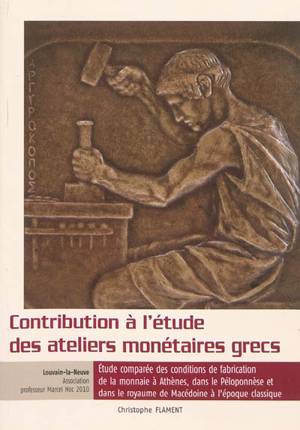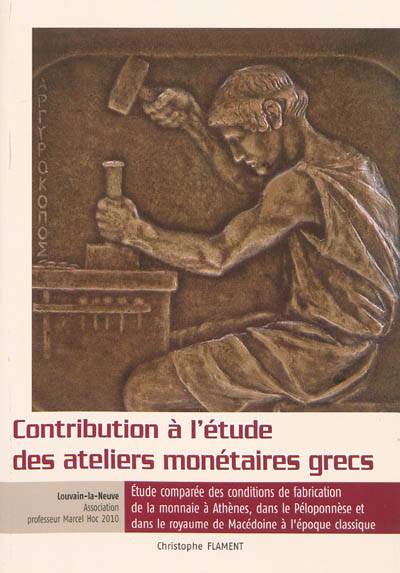
Je cadeautjes zeker op tijd in huis hebben voor de feestdagen? Kom langs in onze winkels en vind het perfecte geschenk!
- Afhalen na 1 uur in een winkel met voorraad
- Gratis thuislevering in België vanaf € 30
- Ruim aanbod met 7 miljoen producten
Je cadeautjes zeker op tijd in huis hebben voor de feestdagen? Kom langs in onze winkels en vind het perfecte geschenk!
- Afhalen na 1 uur in een winkel met voorraad
- Gratis thuislevering in België vanaf € 30
- Ruim aanbod met 7 miljoen producten
Zoeken
Contribution à l'étude des ateliers monétaires grecs
étude comparée des conditions de fabrication de la monnaie à Athènes, dans le Péloponnèse et dans le royaume de Macédoine à l'époque classique
Christophe Flament
Paperback | Frans
€ 31,80
+ 63 punten
Omschrijving
Cette étude comparative raconte le fonctionnement de trois ateliers monétaires, à l'époque classique, à Athènes, dans le Péloponnèse et en Macédoine.
Specificaties
Betrokkenen
- Auteur(s):
- Uitgeverij:
Inhoud
- Aantal bladzijden:
- 146
- Taal:
- Frans
Eigenschappen
- Productcode (EAN):
- 9782930449142
- Verschijningsdatum:
- 15/10/2010
- Uitvoering:
- Paperback
- Afmetingen:
- 170 mm x 230 mm
- Gewicht:
- 473 g

Alleen bij Standaard Boekhandel
+ 63 punten op je klantenkaart van Standaard Boekhandel
Beoordelingen
We publiceren alleen reviews die voldoen aan de voorwaarden voor reviews. Bekijk onze voorwaarden voor reviews.









